How to Become a Better Project Manager
Are you contemplating taking on the role of project manager for your self build or home renovation? It’s not as uncommon as you might think, and many novices to the building game successfully manage their own projects to completion. But how do you make sure you’re the best project manager you can be?
I’ve known a lot of people who’ve taken on the role over the years, and they do so for two main reasons. Firstly, they crave the satisfaction of being deeply involved in their building projects. Secondly, they are on a limited budget and simply can’t afford to use a professional project manager, so have no choice.
I have also heard a wide range of responses as to how successful self-project managers have been. Some breeze through the process, relishing the challenges presented, while others swear to never do it again! Much depends on your attitude to problem solving, your confidence and your communication skills.
So, in this article, I’ll offer a few pointers on how you can become a better project manager. These tips will enable you to get the most out of your build and enjoy the experience of delivering your dream home.
Keep the Project Programme Simple
Proper management of a construction project involves a lot of research, time and decision-making – so keep things straightforward.
If you’re a first-time self builder, for example, using some form of offsite-manufactured build system will make life easier. Opting for a timber frame house shell or a full-blown prefabricated package home means you will soon have a wind and watertight shell in place. You can also be confident it’s all square and true, making fitting out far easier for the following trades.
A traditional masonry build requires significantly more oversight, as it is effectively a jigsaw puzzle with many thousands of pieces and the potential for error or mistakes to be made during assembly.
Read More: Timber Frame: Pros & Cons of Building with Timber Systems
Be Realistic About Budget
If a project is going to fail, it’s probably because the money has run out. Materials and labour charges have rocketed over the past few years so the old ‘wet finger in the air’ approach to build costs has become increasingly obsolete.
I think a better rule of thumb is this: if you can afford to buy a detached four-bedroom home in the area you’re looking to build, chances are you’ll have a budget capable of supporting a self build in the same area (using a main contractor for the works).
Nevertheless, it’s important to do your due diligence. At the very least, plug your requirements into Build It’s Self Build Cost Calculator to run a sense check over what you might be able to construct with your available funds.
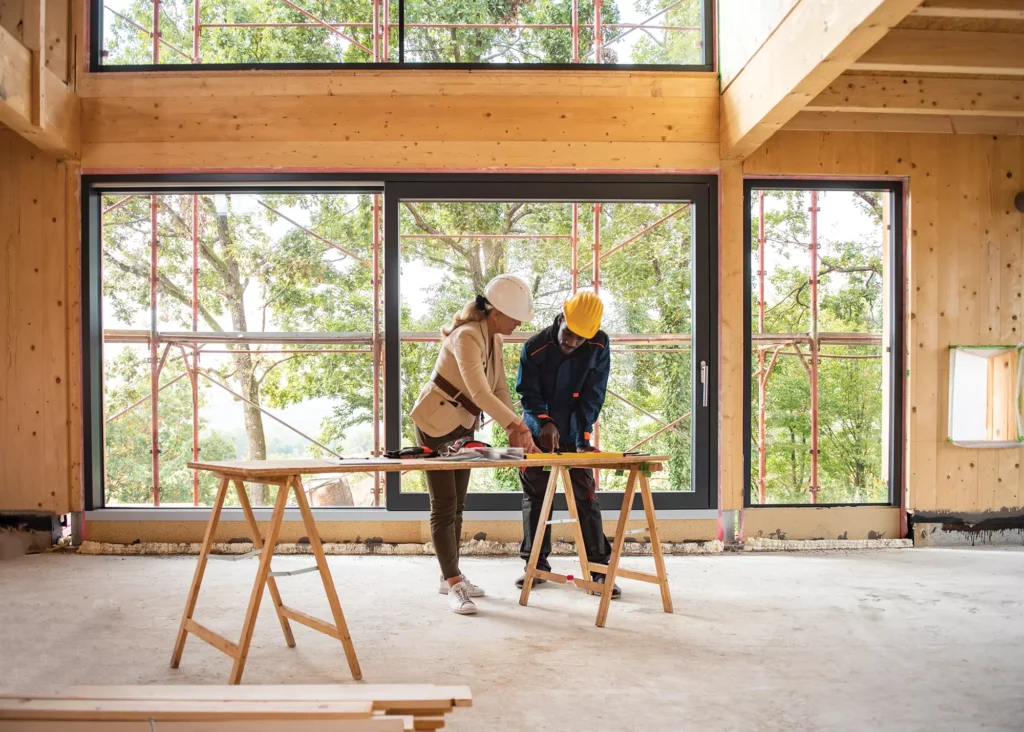
Regular site meetings can help to ensure everyone knows what’s due to happen and when, and will give you an opportunity to ensure all your operatives are working from the most current drawings. Photo: iStock.com/Vitranc
Accept That ‘Stuff’ Will Happen
No build ever runs perfectly. You can expect a series of challenges, ranging from the irritating niggles like exactly how best to attach your cladding through to, in some cases, full-blown crises which may take time and money to address.
There is always a certain satisfaction in sorting each issue out – but be prepared for the next to be lurking just around the corner. The trick is to take each one as it comes. Sometimes it may seem overwhelming but, like eating an elephant, it’s possible if done one piece at a time!
Listen to Your Trades
The key people who are going to make your dream a reality are the trades who will be doing the work. If you have done your research and hired the right people, there will be a wealth of experience at your disposal.
Your trades may have knowledge of materials and procedures that your architect or designer is unaware of, so it pays to be prepared to listen if advice is offered. Of course, it’s your call as to whether to accept their recommendation. But do give it a hearing, and be open to discussing new ideas with your architect or designer if something interesting comes up.
Use Professionals Where Necessary
Sometimes, spending a bit of money on outside help can pay for itself and more. As an example, hiring a quantity surveyor (QS) is often thought of as an expensive luxury, but they can get into the nitty gritty of costings, quotes and the components you need to complete your build.
Their reports could help you buy the right materials in the right quantities, so you’re not overspending or leaving your trades without the things they need to get their work done. A quantity surveyor will also offer advice on the going rate for labour in your area, allowing you to challenge high quotations with confidence and potentially access considerable savings.
10 top tips for better project management
Learn More: Project Management Basics: Who Can Manage My Project? |
Don’t Over-Supervise
It’s your project, that’s for sure, but it can be tempting to critically monitor all aspects of the work. There’s a danger in this becoming quite irritating. Imagine having someone leaning over your shoulder pointing out spelling mistakes while you are typing out an email, and you’ll understand what I mean. Supervise from afar, assess what’s been done at the end of the day and only step in immediately if something is clearly going awry.
Be Nice to The People On Site
No one comes to work to be shouted at and it’s no different on site. If things aren’t going to plan, stress levels increase and tempers can soon flare. In the worst cases, your trades might walk off the job. So be polite, offer thanks for a job well done and give a chance to rectify where things aren’t as they should be.
Anyone can have an off day. Of course, if things don’t improve, you may have no choice but to ‘finish’ a trade on the job – in which case, just try to be as nice as you can under the circumstances.
| CASE STUDY Self-managed build for under £200,000
Self builders Dene and Debbie Happell commissioned Cameron Webster Architects to design their beautiful, low-cost woodland holiday home in Scotland. Having already carried out an ambitious three-storey extension to a 1950s semi-detached house a few years previously, they felt confident about taking on the project management element of their new build scheme. The couple engaged Fleming Homes to manufacture and erect a timber frame house shell – which arrived on site with insulation already installed. “We chose this method for the speed and price,” says Dene. “The remote location and unpredictable weather means autumns can be wet and windy, so we wanted to get the house watertight as quickly as possible. We then brought in our squad of joiners to finish the roof, fit the windows, doors and cladding, and do all the internal finishes.” Overall, the project ran very smoothly. The main delay was with installing services, due to a slow response from the utilities providers. The couple’s top tip is to make as many decisions as possible before you start on site. “Having at least 95% of the details pinned down in advance means you can avoid additional costs and time accommodating last-minute ideas or redoing work,” says Dene. The impressive two-bedroom, 68m2 house was completed for £190,000. |
Make Your Site a Pleasant Place for People to Work
Little things make a difference. On a major build, provide a site office with facilities for making a brew and eating lunch out of the rain. A regular supply of tea, coffee and biscuits costs very little but is always appreciated. A slab of beer to share when the highest point of the build is reached, known as topping out, is a great way to show your appreciation for work done so far.
Get Project Management Training
There are some fantastic project management courses available. Most are aimed at those new to construction, but even seasoned self builders and renovators will
learn from them. Build It’s Virtual Self Build Training includes an interactive, information-packed two-hour steps to success session. Other great resources include the National Self Build & Renovation Centre’s one-day self build project management classes (in-person and online).
A number of specialist suppliers also offer advice-led courses. For instance, Potton runs a Self Build Academy with sessions online and at their show centres, while Oakwrights is currently producing a wealth of advice-led podcasts and video documentaries.
Need more advice about project management?Build It’s Self Build Virtual Training will give you the detailed know-how to successfully realise your dream home. Our interactive courses are presented by Build It’s expert contributors and designed to give you the key nuggets of knowledge you need – all from the comfort of your own home. Our courses take place online and allow for audience participation and experience sharing. Use the code TWENTY for 20% off. |
Think About Safety
If you’re planning to run the project yourself, then you will have to take on some of the responsibility for health and safety on your site. It’s unlikely the Health and Safety Executive (HSE) will pay you a visit out of the blue, as they have bigger fish to fry, but they will expect you to at least think about the risks and hazards on site and how you can remove or minimise them.
It’s worth liaising with your architect or designer, who may be able to prepare a health and safety plan, and ensuring that all trades and suppliers know their responsibilities when they come on site.




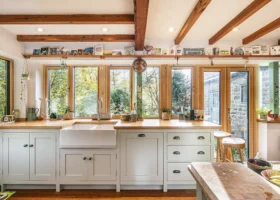

































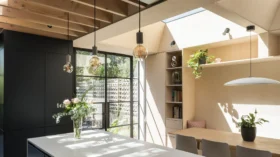

























































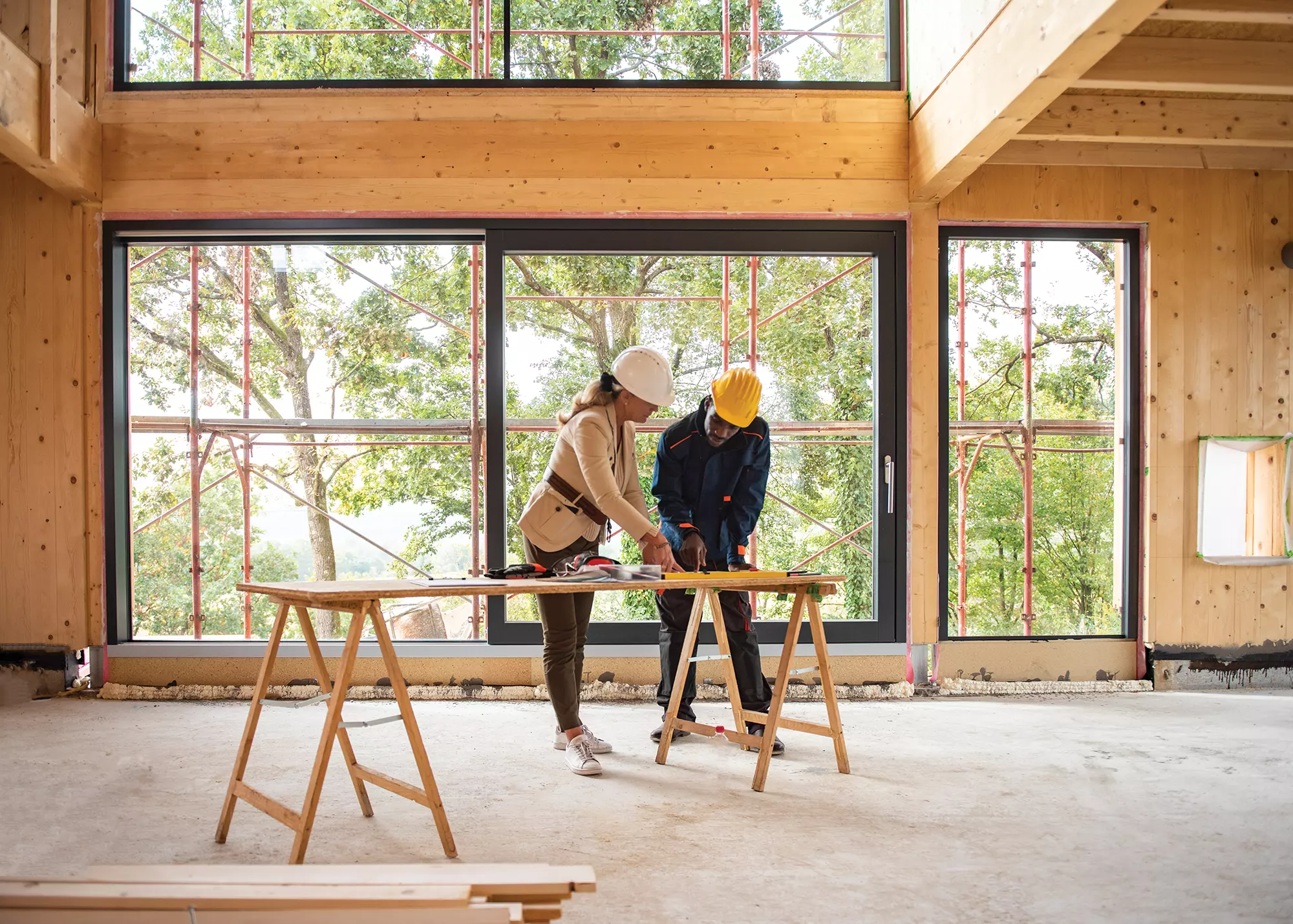
 Login/register to save Article for later
Login/register to save Article for later

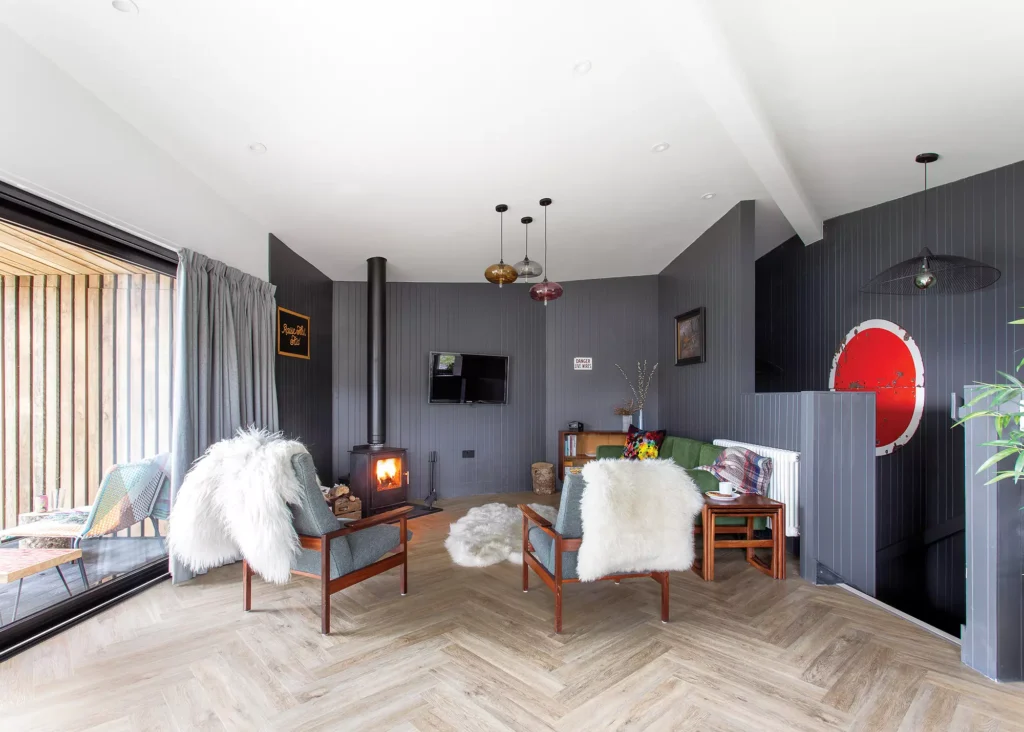







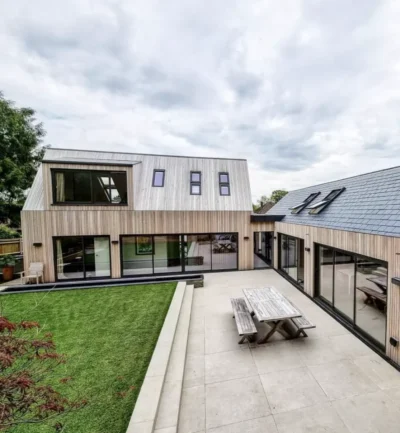






thanks for the article. I’m trying to find a template from which to build my project plan out.
as my first full renovation/extension project, I don’t want to miss things that others already know about.